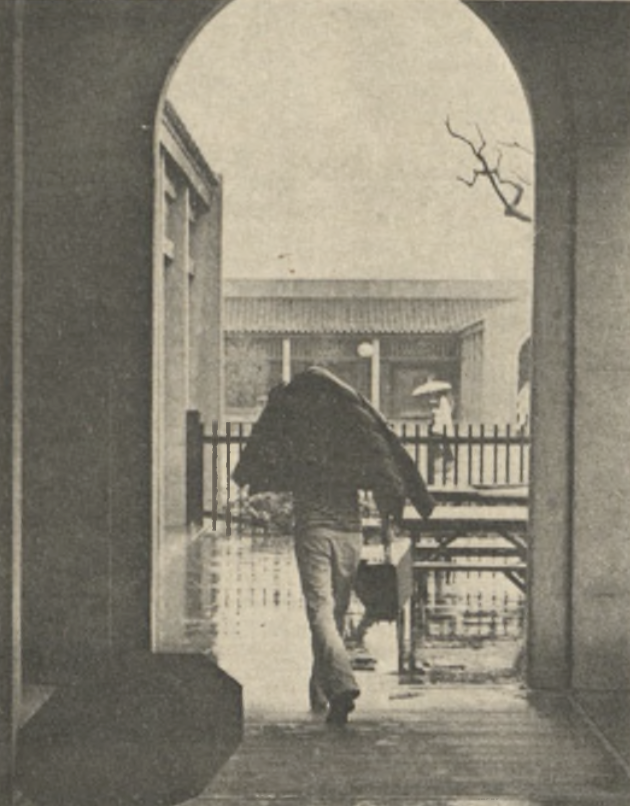1970-1976: New Faculty, Curriculum Expansion, and Departmentalization
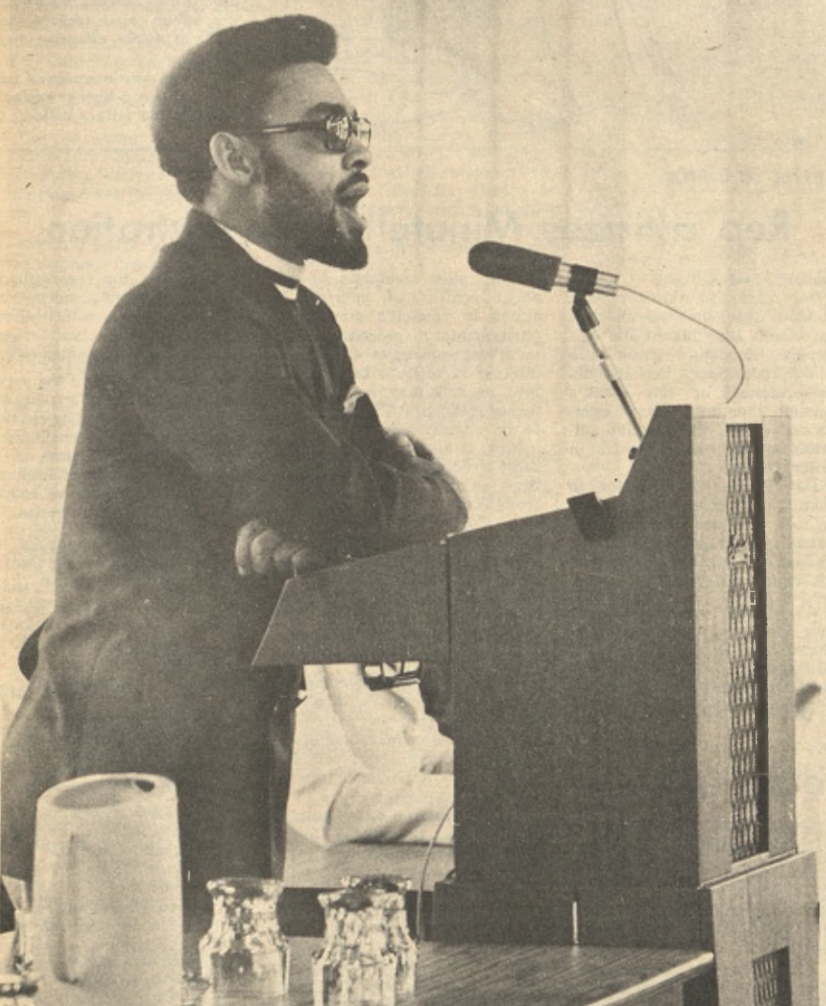
Ethnic Studies instructor Eric Opia gives a speech at a memorial service for Martin Luther King Jr. (La Voz, 1970)
Overview
The Ethnic Studies Division saw significant growth with the hiring of new faculty, addition of courses, and creation of Asian Studies, Black Studies, and Mexican American Studies subject areas. The District Board of Trustees’ decision to establish Ethnic Studies as a requirement for the Associate of Arts (A.A.) degree led to sustained student enrollment in courses, and the federally-funded Multi-Cultural Program supported minority students through tutoring, work-study opportunities, and bilingual education, while also sponsoring Black, Chicano, and Asian student groups.
Despite its initial successes, however, budget cuts and administrative problems led to scrutiny of the Ethnic Studies Division, resulting in the departure of chair Ida Robinson in 1976.
When looking for photos to use for the header image of this page, I happened upon this photo of Eric Opia giving a speech at a memorial service for Martin Luther King Jr.
Even though this timeline is about the history of Asian American Studies at De Anza, I decided to use this photo to highlight how the Ethnic Studies Division was founded through pan-ethnic and cross-racial solidarity among Black, Latinx, and Asian American communities—and to argue that this unity is something we should carry forward.
Key Events
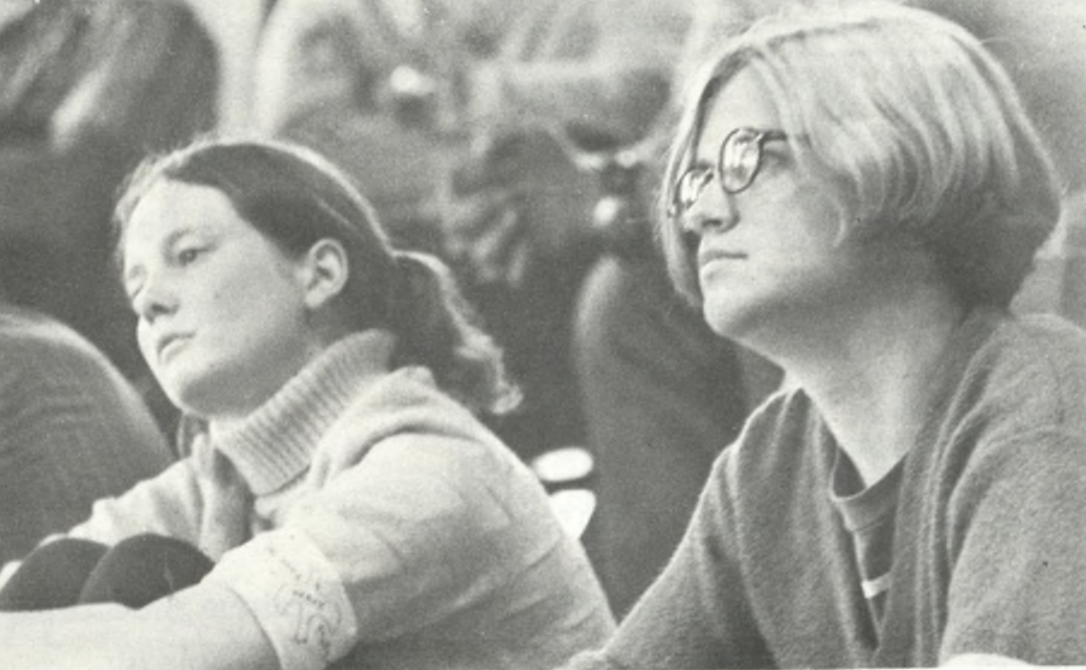
De Anza students (La Voz, 1969)
January 16, 1970
Expanded course offerings
According to La Voz article "Ethnic Studies educate all people," the Ethnic Studies Division increases its offerings. New courses include "Black Economics," "Black Sociology," "Mexican-American Culture," "Contemporary Mexican-American Literature," and "History of the Chinese in the U.S.A." (taught by Gloria Hom).
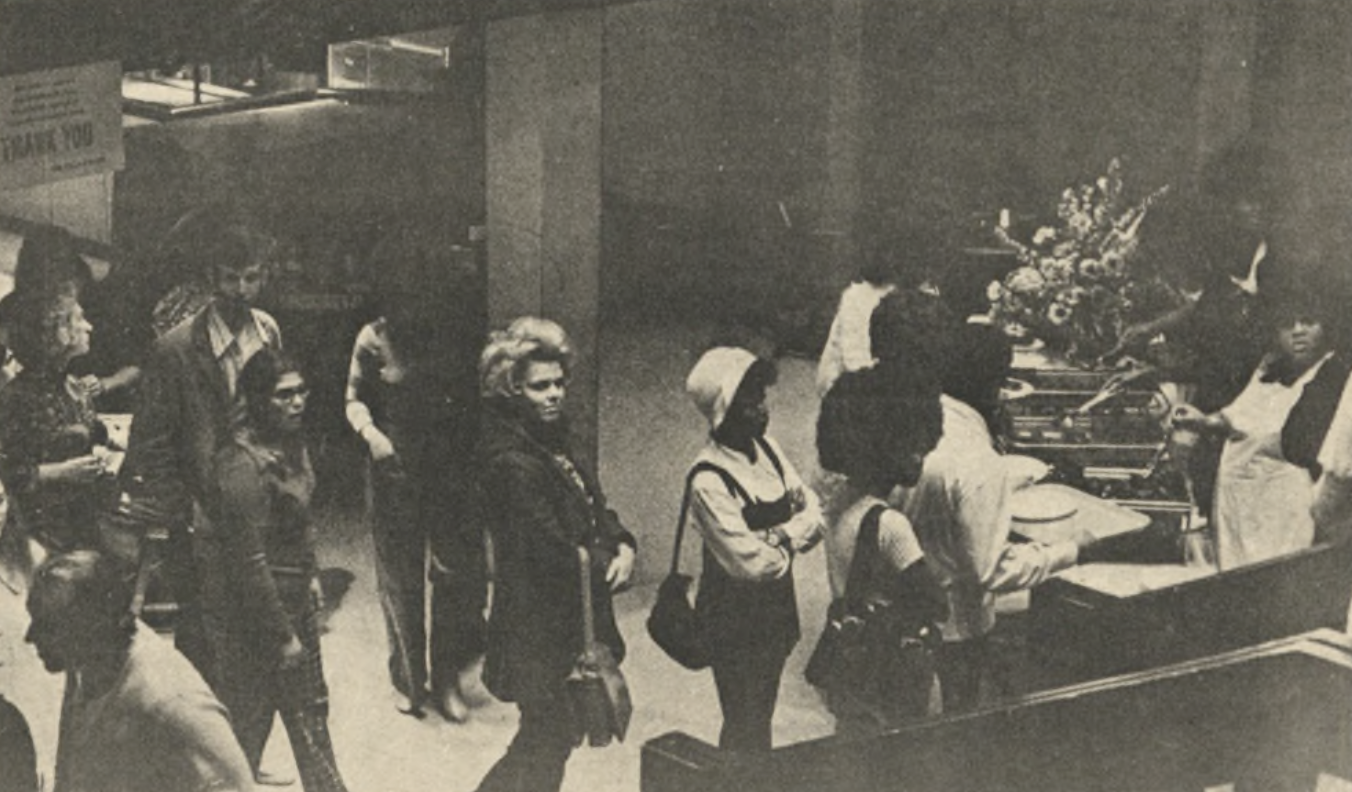
Students line up for an event at Black Awareness Week (La Voz circa 1970)
Winter 1970
Criticism of Robinson and Ethnic Studies
Almost immediately after her appointment as Chair, and despite her division's rapid growth, Robinson faced heavy criticism from other administrators and faculty, including members of her own division.
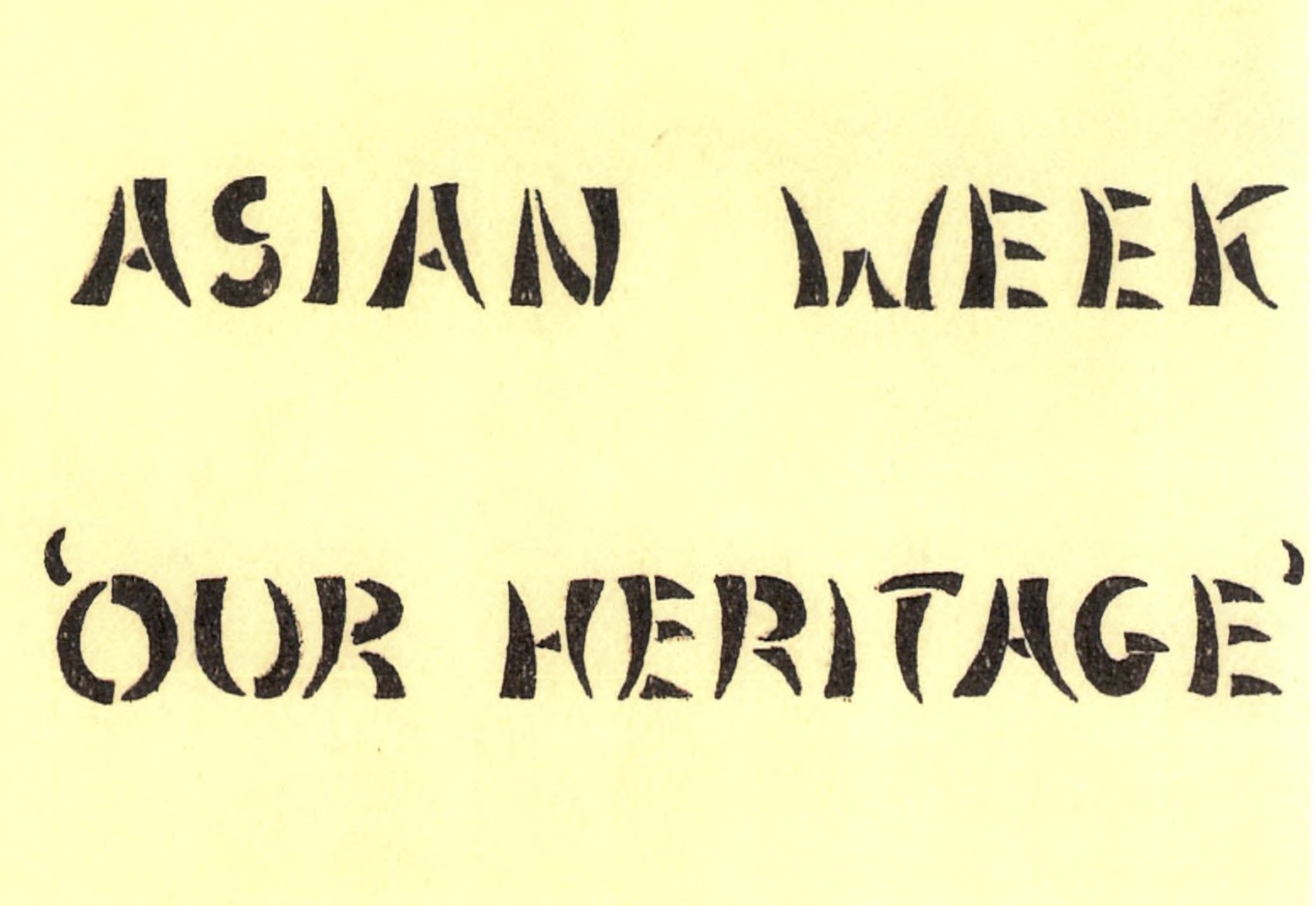
Asian Week event logo (1970)
April 25, 1970
"Asian Week"
De Anza holds its first “Asian Week” event. Attendees include San Jose Vice Mayor Norman Mineta and Assemblywoman March Fong. Fong gives a speech encouraging Asian American students to reject militant tactics...but some still question whether or not they've "really made it."
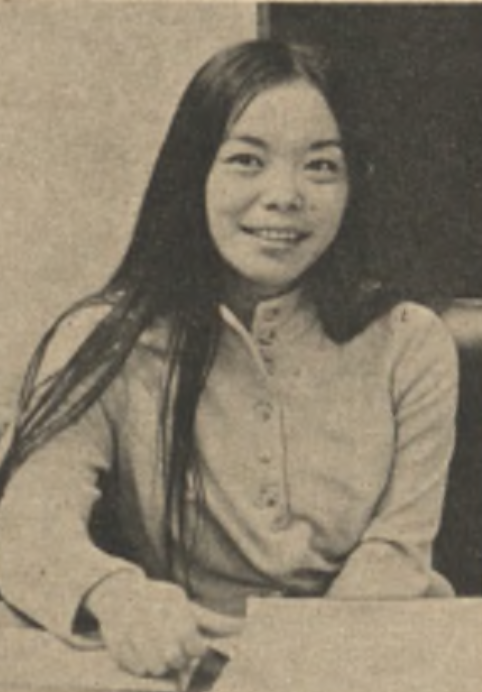
Shirley Kawazoe, a staff member in the Placement Center who helped students find off-campus jobs. Kawazoe would later become the Transfer Center Coordinator (La Voz, 1973)
Fall 1970
Ethnic Studies proliferates
20+ courses offered by the division are listed in the 1970-71 course catalog across four subject areas: Asian Studies, Black Studies, Ethnic Studies, and Mexican-American Studies.
Ida Robinson is listed as the Ethnic Studies Division Chair, and Richard Rios as the Multi-Cultural Coordinator.
I noticed that Asian American Studies courses were put under the subject area called Asian Studies. I don't get the sense that there was much distinction between Asian American Studies and Asian Studies at this time.
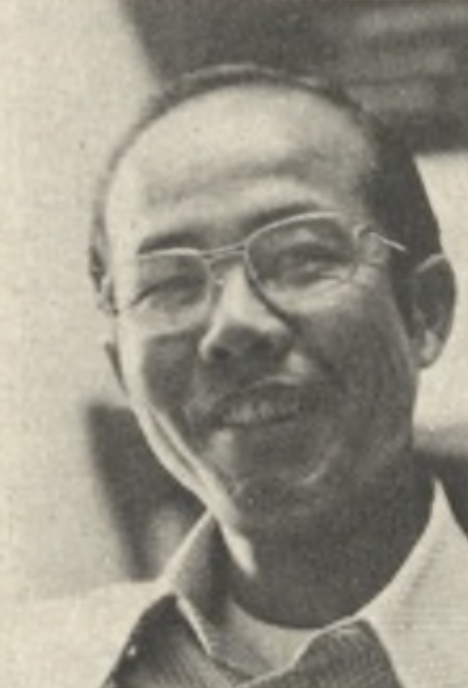
Stephen Ngin was a Sociology professor who also taught early Asian American Studies classes at De Anza (La Voz, 1981)
Fall 1971
Ethnic Studies requirement added
Ethnic Studies is added as a requirement for the A.A. degree in the 1971-72 course catalog.
That same year, new Asian American Studies courses were added, including a course called "Introduction to Chinese-American and Japanese-American Studies."
Because Introduction to Chinese-American and Japanese-American Studies was cross-listed as Sociology 25, we're pretty sure it was taught by Stephen Ngin. Apparently he was a Sociology instructor, but pulled in to teach Asian American Studies because he happened to be, well, Asian American.
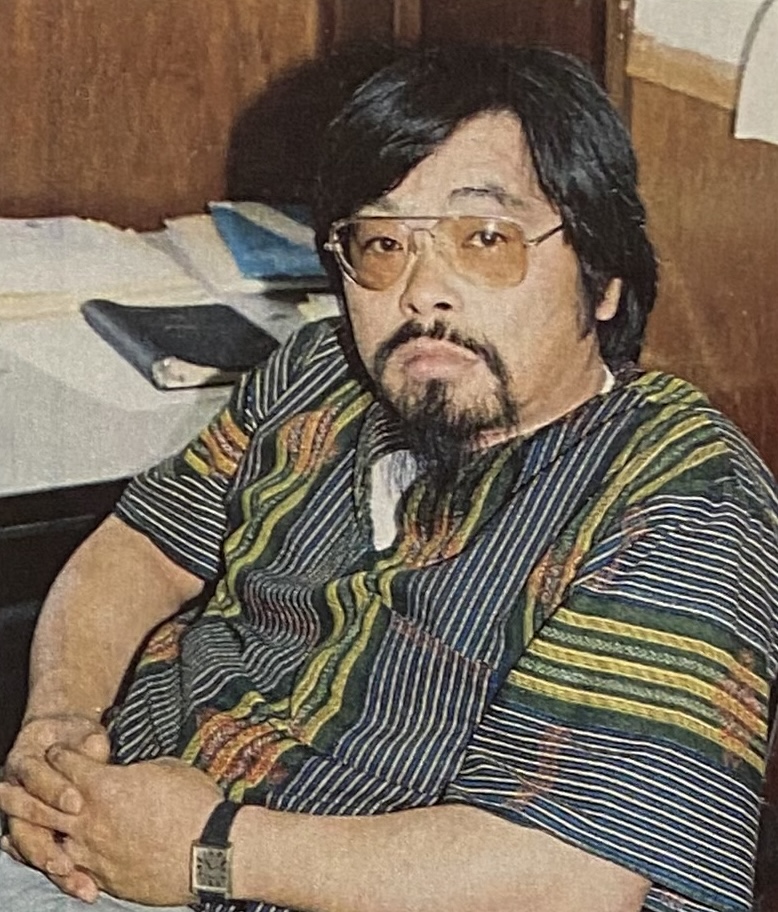
Activist and educator Edward Kawazoe. (Seid, "Asian Americans Building a Better Nation")
Winter 1972
Edward Kawazoe joins
Edward Kawazoe, a founding member of activist group Asian Americans for Community Involvement (AACI), becomes Assistant Director of the Multi-Cultural Program. He later becomes the Director in 1973.
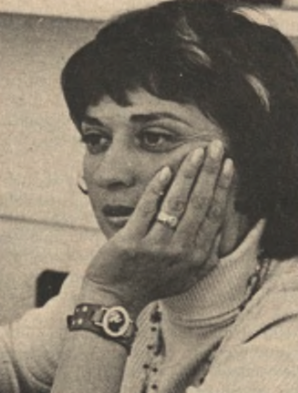
Norma Zoffman (La Voz, 1975)
Winter 1974
Bilingual Center established
The Multi-Cultural Program helps establish the Bilingual Center, with Norma Zoffman as its first Director.
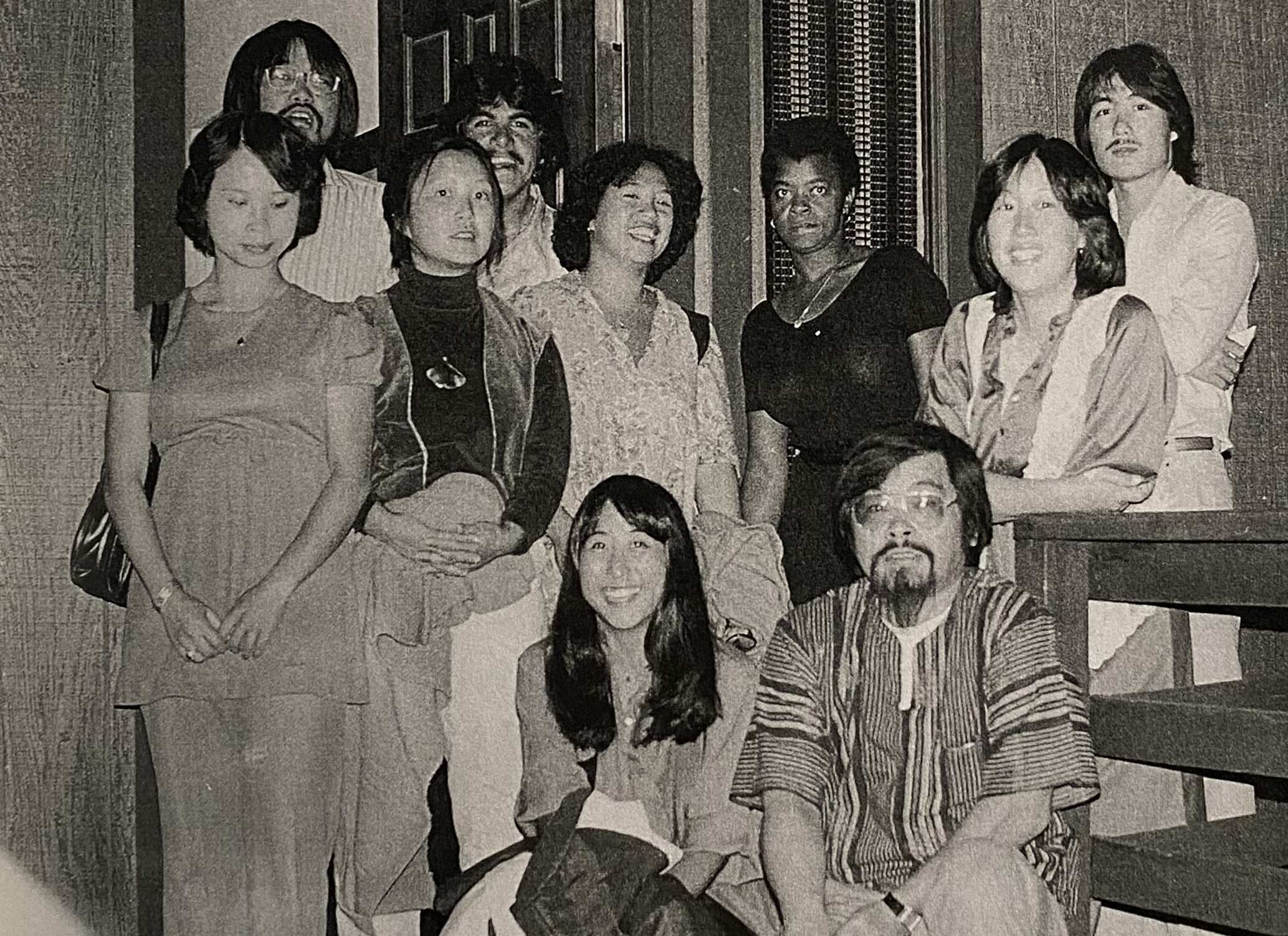
AACI members in 1974 including De Anza staff members Edward Kawazoe and La Donna Yumori Kaku. (Seid, "Asian Americans Building a Better Nation")
Summer 1974
AACI begins developing courses
According to Chapters 1-2 of Asian Americans Building a Better Nation, AACI holds a “Strategy Models for Asian American Advocacy and Action” workshop at De Anza where they establish its fundamental guidelines and begin developing an undergraduate Asian American Studies curriculum.
A student shields themselves from the rain (La Voz, 1973)
Winter 1976
Ethnic Studies almost gets dissolved
Ida Robinson resists efforts to eliminate the Ethnic Studies Division. The division survives, but by spring Robinson has resigned.
Takeaways
We still have lots of questions about this time period.
One puzzle we struggled to solve was the relationship between the Ethnic Studies Division and the Multi-Cultural Program. Were they the same thing? If not, how did they differ? And what was their relationship to the divisional and departmental organizations of the college today?
Some sources, like La Voz and the course catalogs, portray Ethnic Studies and the Multi-Cultural Program as distinct entities. However, oral accounts from key figures suggest that Ethnic Studies wasn’t a formal academic division, but rather an instructional branch of the Multi-Cultural Program.
To further complicate matters, the source materials themselves appear inconsistent. For example, they refer to the Multi-Cultural Program by various names, such as the Multi-Cultural Center, Multi-Cultural Department, Multi-Cultural Division, and others.
The other key question we have is: How did Ethnic Studies end up under institutional attack?
Our sources tell us that Ethnic Studies gained momentum in its first few years.
The Ethnic Studies Division offered three classes in fall 1969. By 1970, there were more than twenty courses in the course catalog. By 1974, forty-two courses were offered. On top of that, taking an Ethnic Studies course became a requirement for the A.A. degree in the 1971-72 academic year.
These signs of growth all seemed to signal institutional momentum for Ethnic Studies. And yet, by January 1976, the Ethnic Studies Division was defending itself against college executives. How did this happen?
We're not entirely sure. But we do know that Ethnic Studies had its detractors from the start. Both the Division and its first chair, Ida Robinson, encountered significant criticism almost immediately after their establishment.
There were faculty who questioned how Ethnic Studies courses were approved. There were faculty who questioned the funding of the Ethnic Studies division. There were students who questioned why La Voz should pay much attention to minority groups and their opinions when there were relatively few minorities on campus.
And according to "Intercultural Studies Division: A Chronological History," the Division faced ongoing skepticism and antagonism from many on campus who felt the Ethnic Studies Division "lacked legitimacy" as an academic division in its own right. It was considered a "step-child" of the college.
One thing is clear: by the mid-1970s, the Ethnic Studies Division faced great uncertainty. It was on the brink of disappearing.
Of course, this leaves us wondering...Did things get any better for Ethnic Studies?


